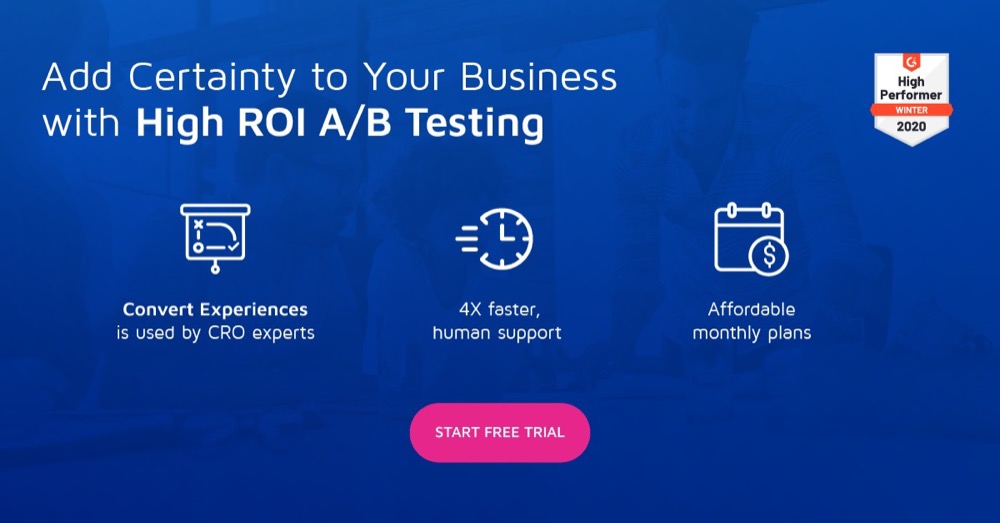Customer Success or Customer Happiness — Which Should You Prioritize?

A customer can be satisfied with the service you provide — your diligence, fast support and expertise, the way your company does business, who it does business with, your pricing, the plans and features you offer — but still churn. Or they could run into issues all the time and stick around.
Despite your best intentions as a vendor, customers can still become frustrated, irritated, impatient, or worst of all, unhappy.
In this article, we discuss the difference between customer success and customer happiness and why you need both to keep clients happy.
When customer acquisition costs five times more than retention, you NEED to integrate exceptional customer care into your business processes to cut churn and increase loyalty.
Here’s how.
Focus On What You Can Control
To keep customers happy, build a process around proactively seeking and identifying concerns. Think about it for a second. Is your organization merely handling incoming queries, or is it also actively cultivating relationships with customers?
Now, this will not look the same for all industries or business types. For example, in the e-commerce space, your focus would be more on the “happiness” of your customers. You want them to shop online with ease. You want your webpages to interest them and do their “psychological” magic. Yes, of course you want the outcome to be a “successful” sale, but ultimately your core focus would be their happiness.
When I buy a pair of shoes, I feel happy! Not successful.
In our industry, the SaaS space, one would automatically assume customer success should be the core focus. Set up tests, measure the results, rinse and repeat. But ease of use and time spent using a tool doesn’t necessarily equate to satisfaction. Customer happiness should be a priority.
For us at Convert, customers having success with their A/B testing is what we always love to see. And just to be clear — both wins and losses are good and contribute to success. But service needs to go beyond that. What would help even our most loyal customers reach new heights? Regularly asking ourselves this question helps us jump out of the dealing-with-support-tickets hamster wheel and into a more customer-centric, proactive mindset.
Who Is Responsible for Customer Happiness?
Are you secretly or subconsciously relying on your customers to ‘make’ themselves happy? This would imply that once onboarding is finished and if engagement levels are within safe parameters, it’s all smooth sailing.
That’s not the case. The saying “Everything comes with a price” is true, and even more so in today’s day and age. Even though not everything costs money, everything does have a consequence and could cost you time, effort, a relationship, or even your happiness. Not seeing to the success and happiness of our customers can lead to dire consequences.
Some customers become self-sufficient and expertly use your tool on their own, but does that mean they should be left to their own devices? Checking in on them now and then could potentially help you identify issues they’re not communicating and fix them before they become a cause to churn.
As a Customer Success Hero at Convert, I am now actively placing more emphasis on the happiness of our customers. This journey will definitely force a change in my role title, but I don’t object to that. The way I see it, the role we now call Customer Success Hero is responsible for customer happiness in our company.
Customer Support or 1st Level Support roles focus on the success part of the customer’s journey. Supporting, troubleshooting, fixing, etc., these all help the customer set up projects, fire A/B tests, and be successful — whether they see a win or a loss.
As a role that supports the customers with their issues and in essence plays an integral part in their success, it is important to be aware of what Freshdesk by Freshworks explains in their Customer Happiness Benchmark Report,
Customer support will be the key differentiator for companies against their competition. To improve customer happiness, companies will move from reactive support to proactive support. They will aim to identify and address customer issues before they become problems. Proactive support offers plenty of opportunities for companies to turn customers into brand advocates. Another important advantage of proactive support is that it reduces escalations and improves the customer happiness quotient.
To keep a steady balance between the two types of roles, set the expectations, and focus on both the success and the happiness of our customers, there will be an overlap in actions so all roles must have a sense of urgency, empathy, and self-awareness. It is also important to keep your core focus in mind and be accountable for it while letting the other roles be accountable for theirs.
How Can you Prevent Customer Frustration and Irritation?
As a Customer Success Hero, besides the obvious check-ins and listening to the customers’ business/training needs, and looking out for churn or upgrade signals, these two points stand out to me as extremely important:
- Continuous cooperation between customer success and support roles is vital. Relaying customer information on time can make a huge difference in retention. Both types of roles need to keep a finger on the pulse of customer concerns and issues.
- Having meetings with your Dev/Engineering/Design teams is also crucial as you will have ‘front row seats’ to any product updates. Here, you can be an advocate of the customer since you bring views, questions, and suggestions that speak to the ‘ease of use’ and thus the happiness of the customer.
How Often Should You Reach Out to Customers?
Sending out too many emails and messages can become ‘spammy’ and be irritating. In fact, one of the reasons customers might not be replying to your emails could be this.
So, if you’re wondering why you’re not getting any response, then it might be the right time to get a list of messages and emails being sent (from all roles). With your collected data, you can use the below tips as examples for triaging:
- Disable any automated messages/emails you feel are extra.
- Instead of sending two consecutive emails, merge them into one. Cut the fluff and stick to delivering value.
- Sync the emails of all customer-facing roles with your CRM so that you can see what was previously (or ever) sent to a customer before you email them next.
- Fine-tune your onboarding and welcoming process so that there aren’t too many calls and emails (especially) with various roles.
- Take a deep look at the content being sent, the frequency, and the trigger events. Are they still relevant to your customer?
Get your sales, marketing and support teams on board to harmonize your internal processes and remove irritation-causing friction. If we can remove the friction that causes irritation, the lack of good service that causes frustration, then we will always have Happy customers that reach Success. And that’s the end goal!


